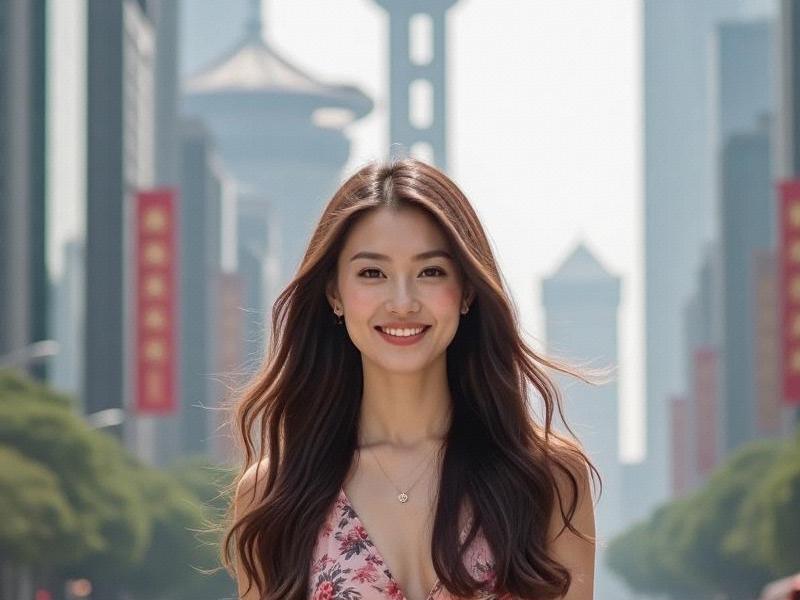This feature explores the multifaceted identity of Shanghai women through historical context, modern economic empowerment, and evolving social expectations, offering a nuanced portrait beyond superficial beauty stereotypes.

In the neon glow of Nanjing Road, among the Art Deco facades of the Bund, emerges a distinctive urban archetype - the Shanghai woman. More than just a demographic category, she represents a cultural phenomenon that has fascinated China and the world for over a century.
Historical Foundations
Shanghai's feminine ideal took shape during its 1920s cosmopolitan golden age:
• "Modern Girls" (摩登女郎) blended qipao silhouettes with Western flapper styles
• First generation of educated working women emerged
• Nightclub hostesses became unlikely fashion icons
• Revolutionary period (1950s-70s) temporarily suppressed feminine expression
Sociologist Dr. Wang Lihong notes: "Shanghai women developed survival skills in this international environment - adaptability, business acumen, and cultural fluency that became hereditary traits."
The Contemporary Shanghai Woman
Today's Shanghai woman balances multiple identities:
1. Career Professional - 38% of senior executives in Shanghai are female (national average: 27%)
爱上海419论坛 2. Fashion Innovator - Local designers like Uma Wang gain global followings
3. Family Anchor - Still primary caregivers despite career ambitions
4. Cultural Hybrid - Mixes Eastern values with global perspectives
Economic Powerhouses
Key statistics reveal their growing influence:
• Start 42% of Shanghai's new businesses
• Control 65% of household spending decisions
• Earn 89% as much as male counterparts (vs. 78% nationally)
• Dominate Shanghai's luxury market (72% of premium purchases)
Beauty as Cultural Currency
Shanghai's beauty standards reflect urban pragmatism:
上海龙凤419社区 • "Office-ready" makeup emphasizing polished professionalism
• Skincare obsession rooted in prevention rather than correction
• Fashion that balances global trends with local sensibilities
• Rejection of extreme plastic surgery trends prevalent elsewhere
Feminist Awakening
New generations are redefining expectations:
• Average marriage age now 31.5 (up from 25 in 2000)
• 28% choose to remain childless (national average: 12%)
• NoPinkTax campaigns against gendered pricing
• Women's networking groups like LEAN IN Shanghai flourish
Cultural Representation
上海龙凤419是哪里的 From stereotypes to complexity:
• 1930s: The vampish "Shanghai Lady" trope
• 1990s: Materialistic gold-digger caricatures
• 2020s: Nuanced portrayals in shows like "Ode to Joy"
• Literature moving beyond "dragon lady" clichés
Future Trajectories
Emerging trends include:
• "Silver Sisters" - empowered retired women
• Digital matriarchs - female livestreaming moguls
• Eco-feminists promoting sustainable lifestyles
• Political participation reaching new heights
As Shanghai solidifies its global city status, its women continue evolving - not as decorative accessories to urban development, but as architects of the city's social and cultural future. Their story represents China's complex negotiation between tradition and modernity, between Eastern values and Western influences. The Shanghai woman isn't disappearing into globalization; she's redefining what global femininity can mean.